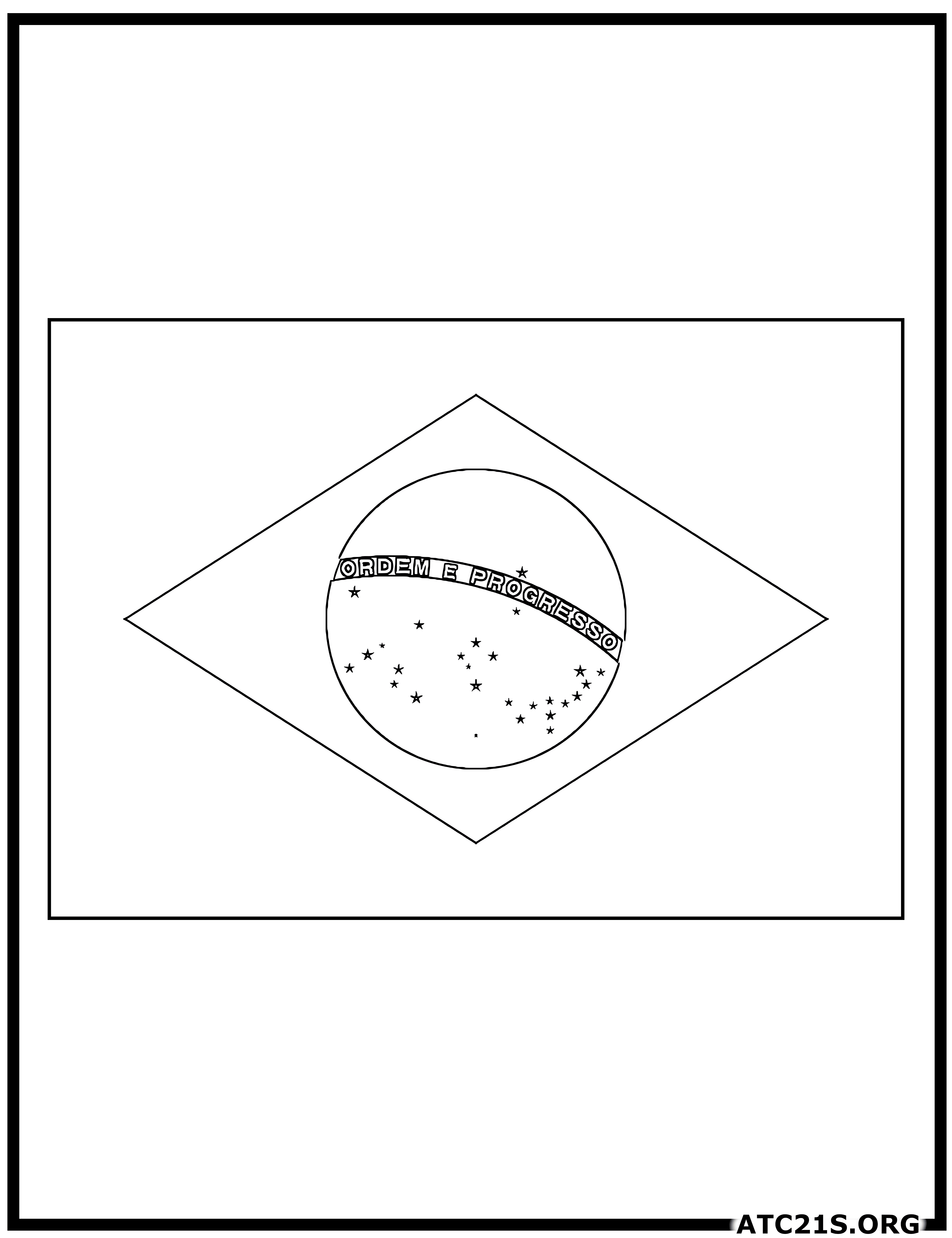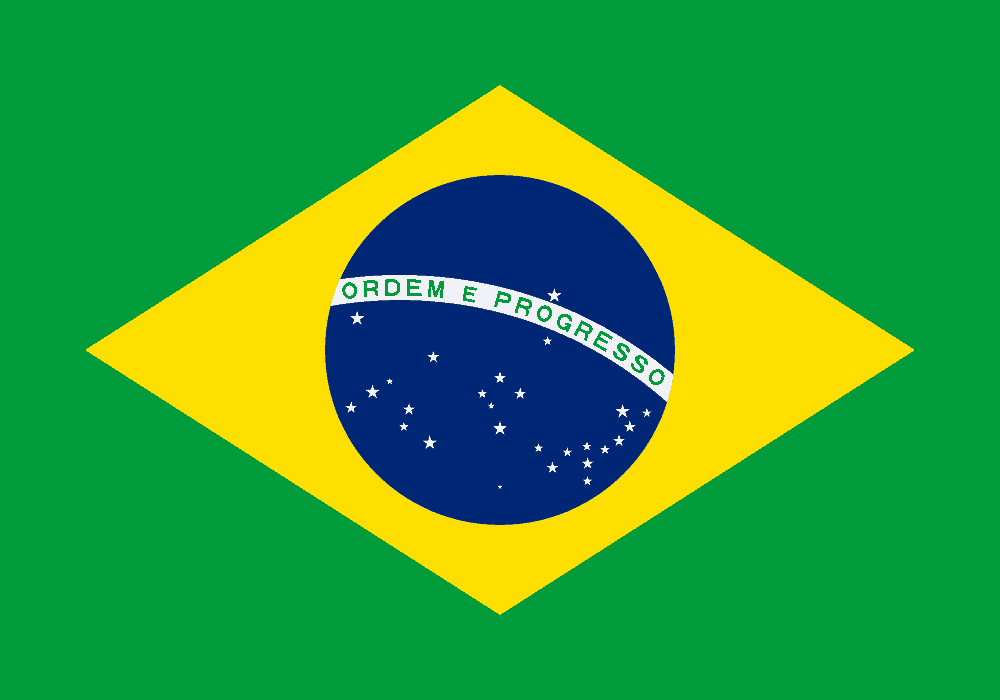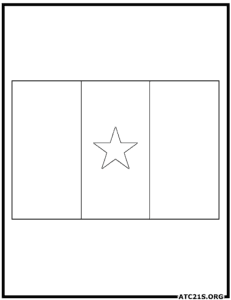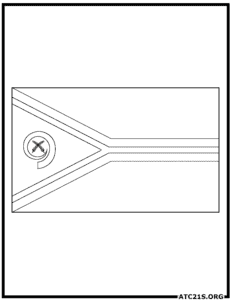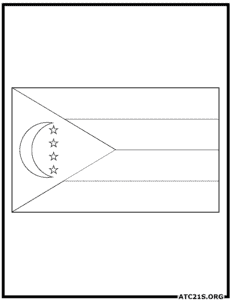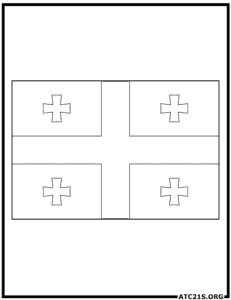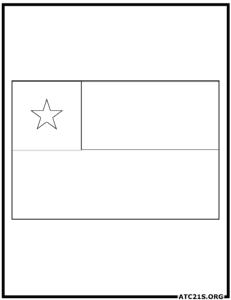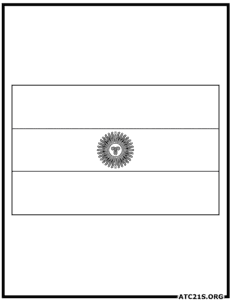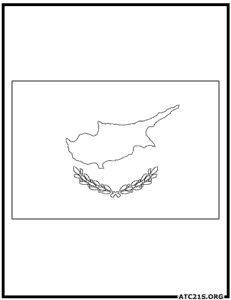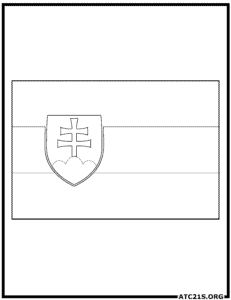Brazil Flag Coloring Page Download
Brazil Flag Description
The flag of Brazil is a national symbol that represents the country’s history, culture, and values. It consists of a green field with a large yellow diamond in the center, inside of which is a blue circle with 27 white five-pointed stars. The stars represent the 26 states of Brazil and the Federal District. The green and yellow colors are also significant, representing the House of Braganza, the ruling family of Brazil during the time of its independence from Portugal.
The flag of Brazil has a rich history that dates back to the early 19th century. When Brazil gained independence from Portugal in 1822, it needed a new flag to represent its new status as a sovereign nation. The design of the flag was inspired by the green and yellow colors of the House of Braganza, which was the ruling family of Brazil at the time.
The original design of the flag featured a green field with a yellow rhombus in the center, inside of which was a blue circle with a white star representing the state of Rio de Janeiro. However, this design was soon changed to include a star for each state of Brazil, resulting in the current design with 27 stars.
Over the years, the flag of Brazil has undergone a few modifications. In 1889, when Brazil became a republic, the flag was modified to remove the imperial crown that was previously present on the blue circle. In 1960, when the capital of Brazil was moved from Rio de Janeiro to Brasília, a 27th star was added to represent the newly created Federal District.
The flag of Brazil holds great significance for the Brazilian people. It is a symbol of national pride, unity, and identity. The green color represents the House of Braganza and symbolizes hope for the future, while the yellow color represents wealth and prosperity. The blue circle and white stars represent the sky over Rio de Janeiro on the night of November 15, 1889, when Brazil became a republic.
In addition to its national significance, the flag of Brazil is also used in various official and ceremonial occasions. It is raised and lowered daily at government buildings, military bases, and schools. It is also prominently displayed during national holidays, sporting events, and other patriotic celebrations.
Overall, the flag of Brazil is a powerful symbol that represents the country’s history, culture, and values. It is a source of pride and unity for the Brazilian people and serves as a reminder of their rich heritage and the struggles they have overcome to become the vibrant nation they are today.

